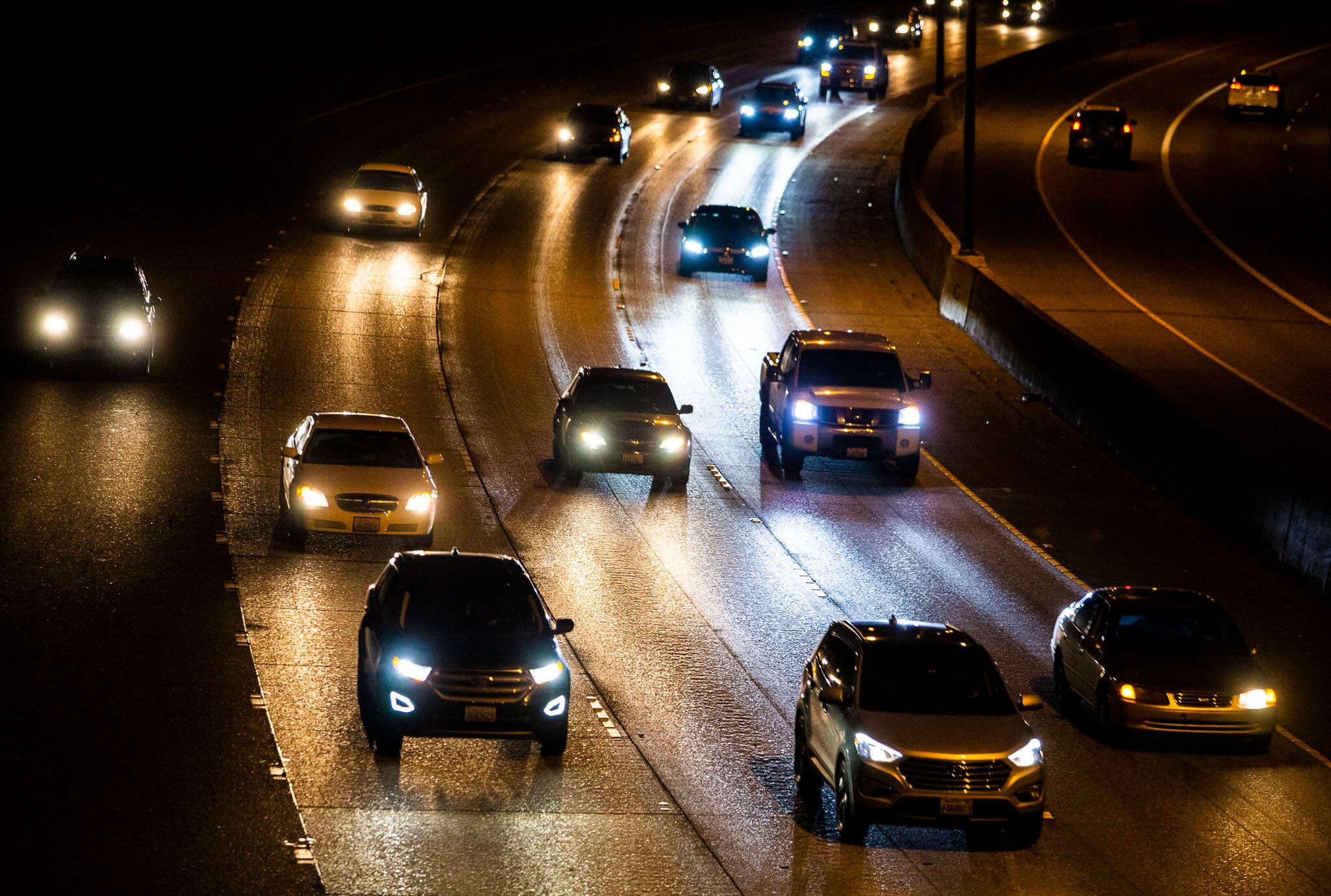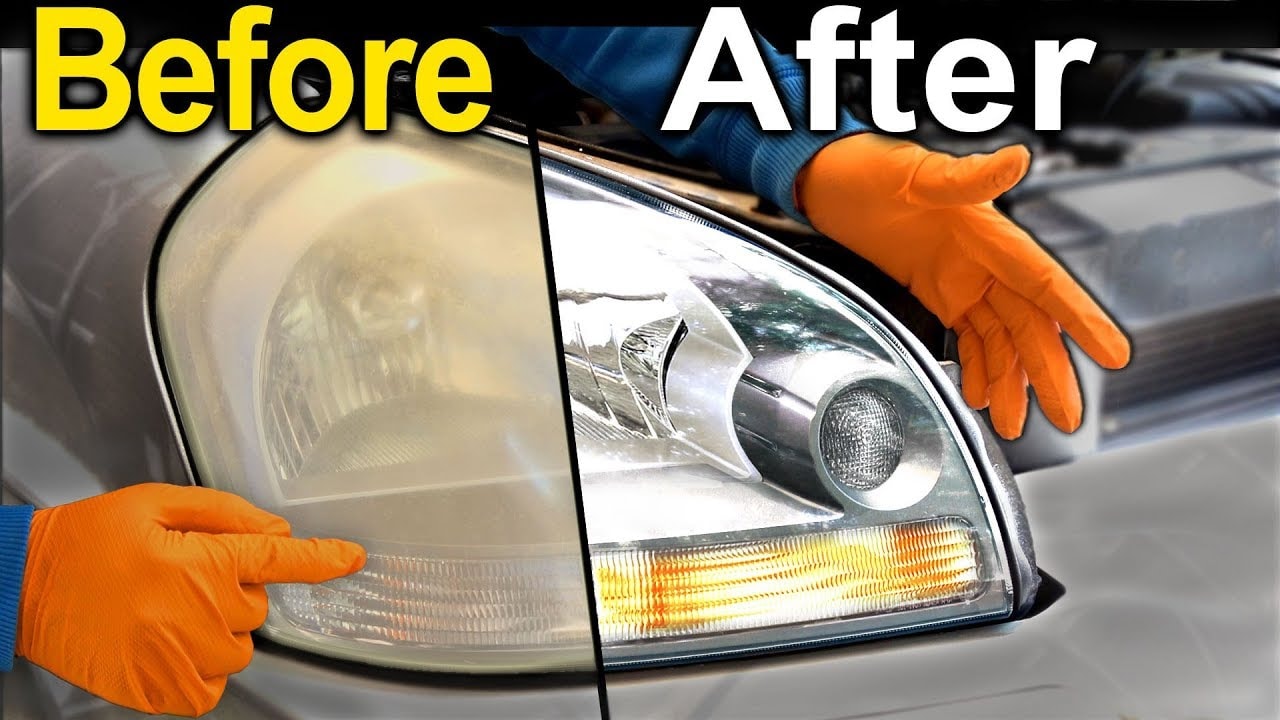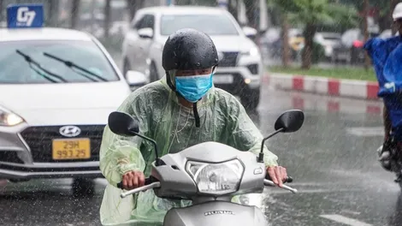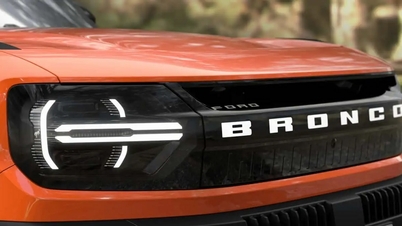Driving safely is always a top priority, especially when night falls. In fact, driving at night is more risky than during the day, not only because of poor lighting but also due to a series of other factors such as limited visibility, eye strain, astigmatism, animals suddenly crossing the road or even drivers who are not alert.
Even the super bright LED headlights on new cars, a factor that seems to help improve safety, can cause glare and create afterimages, affecting visibility.

Increased traffic, especially among the elderly or those with vision problems such as nearsightedness, astigmatism or glaucoma, also makes nighttime travel more risky.
The good news, though, is that you can definitely improve your safety with simple but effective actions, from keeping your windshield clean to making proper use of your headlights.
Here are 10 helpful tips to help you feel more confident and safe behind the wheel at night, whether you're returning home after a long day or setting off on a summer night adventure .
1. Keep your windshield clean
A dirty windshield not only affects visibility but also causes light to be scattered, causing glare, which is especially dangerous when driving at night. Even supporting products such as rain repellent, if used incorrectly, can increase glare when headlights shine on them.
The American Automobile Association (AAA) warns that dirt, fingerprints, or oil film on the windshield can limit visibility, making it difficult to see the road in low light conditions.
So, make it a habit to clean your windshield at least once a week, both inside and out, to ensure clear visibility and a safe journey.
2. Keep your headlights clean
Keeping your headlights clean is a simple yet effective way to improve your visibility when driving at night. Dirt, debris, and dead insects on the surface of the headlights not only reduce brightness but also cause uneven light distribution, affecting visibility.

This is especially important if you live in a dusty area or frequently travel through areas with high insect densities. Regularly checking and cleaning your headlights will help your lighting system operate more efficiently, which is key to safe nighttime driving.
3. Use headlights when necessary
On rural roads, near forests or fields - where there is a risk of animals crossing the road, headlights are an important tool to help you detect potential hazards such as buffalo and cows early. The US National Safety Council (NSC) also recommends turning on headlights when traveling on long, wide or poorly lit roads.
However, use your headlights wisely. Avoid turning on your headlights when driving in rain or dense fog, as the light can reflect back, reducing visibility.
In addition, when cornering or going uphill, you should turn off your headlights to avoid blinding oncoming vehicles. This is a small action but can help ensure safety for both sides.
4. Avoid looking directly into the headlights of oncoming vehicles.
When driving at night, you may reflexively look at the headlights coming from the top of a hill or corner. However, this is a dangerous habit. Looking directly at bright lights can cause temporary vision loss or even afterimages, making you disoriented and having difficulty seeing the road afterward.
Instead, focus your eyes on the curb or road markings to keep your steering steady. This is a simple but effective way to protect your eyesight and maintain focus when faced with glare from oncoming traffic.
5. Check the alignment of the headlights to avoid danger.
Drivers should periodically check the alignment of their headlights, especially if their vehicle is older. Wear and tear, minor accidents, or manufacturing errors can cause the headlights to become misaligned, resulting in incorrect lighting or glare for oncoming vehicles.
According to NBC News, in the US, car manufacturers are not required by law to check the alignment of their headlights after installation. This means that some new cars can still have misaligned headlights without the owner knowing.
The consequences are not only reduced visibility at night, but also potentially cause glare and disorientation for oncoming drivers. Therefore, taking your car to a garage to check and adjust the headlights is an important step to ensure the safety of both you and other road users.
6. Reduce interior lighting to avoid distraction and eye strain
When driving at night, the interior lights should be turned off completely or turned down to the lowest possible level. Not only does the light inside the car make it difficult for your eyes to adjust to the darkness outside, taking a few minutes to readjust your vision, but it can also cause glare and reduce your ability to see the road.

Turning on interior lighting to find objects or help passengers read or look at their phones can also increase distraction, especially when the light reflects off the windshield, creating an unpleasant glare or ghosting.
To keep night vision clear and ensure safety, it is best to minimize all unnecessary light sources in the vehicle while driving at night.
7. Keep your glasses clean to ensure night vision
Like windshields, dirty eyeglasses lenses can scatter light, causing glare and seriously affecting your vision when driving at night.
According to the Heartland Optical eye clinic system (USA), you should clean your glasses with warm water or mild dish soap that does not contain moisturizers, combined with a specialized cloth to avoid scratches.
The habit of wiping glasses with the edge of your shirt is convenient, but can cause dirt to stick deeper and cloud the lenses, making it more dangerous to see in low light conditions.
8. Wear suitable eyeglasses
To maintain optimal vision while driving at night, have your eyes examined regularly to ensure you are wearing the correct prescription glasses. You may also consider lenses with anti-reflective coating, which helps reduce glare from headlights or reflected light.
Avoid wearing glasses that obstruct peripheral vision, which is important when handling traffic situations. Additionally, many people choose night driving glasses with yellow lenses to reduce glare.
However, experts recommend consulting a doctor, as some of these lenses can reduce the ability to see clearly in low light conditions, rather than improving it as desired.
9. Staying alert is key when driving at night
Even mild fatigue can have a big impact on your ability to drive, especially at night. Even small changes in your schedule, like daylight saving time, can disrupt your body's circadian rhythm, leaving you feeling tired or unfocused.
According to the Northwestern Medicine healthcare system (USA), changing the biological clock makes it difficult for the body to determine when to sleep or wake up, thereby increasing the feeling of fatigue and causing blurred vision, one of the reasons why night vision is significantly reduced.
So always make sure you are alert and well rested before embarking on any journey at night.
10. Increase the distance from the vehicle in front to react promptly
When driving at night, in conditions where visibility is limited and reflexes can be slowed by fatigue, keeping a safe distance from the vehicle in front becomes especially important.
Headlights only illuminate a certain distance, making it difficult to detect hazards early, such as animals crossing the road or objects falling from the truck ahead.
If the driver in front of you has to brake hard or swerve to avoid an obstacle, you will need more time and space to react safely. Increasing your following distance not only reduces the risk of a collision, but also gives you a greater sense of control on dark and unpredictable roads.
Source: https://baonghean.vn/10-meo-huu-ich-giup-lai-xe-an-toan-vao-ban-dem-10302226.html










































![[Photo] Worshiping the Tuyet Son statue - a nearly 400-year-old treasure at Keo Pagoda](/_next/image?url=https%3A%2F%2Fvphoto.vietnam.vn%2Fthumb%2F1200x675%2Fvietnam%2Fresource%2FIMAGE%2F2025%2F12%2F02%2F1764679323086_ndo_br_tempimageomw0hi-4884-jpg.webp&w=3840&q=75)
![[Photo] Parade to celebrate the 50th anniversary of Laos' National Day](/_next/image?url=https%3A%2F%2Fvphoto.vietnam.vn%2Fthumb%2F1200x675%2Fvietnam%2Fresource%2FIMAGE%2F2025%2F12%2F02%2F1764691918289_ndo_br_0-jpg.webp&w=3840&q=75)







































































Comment (0)